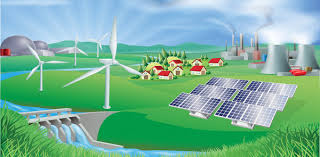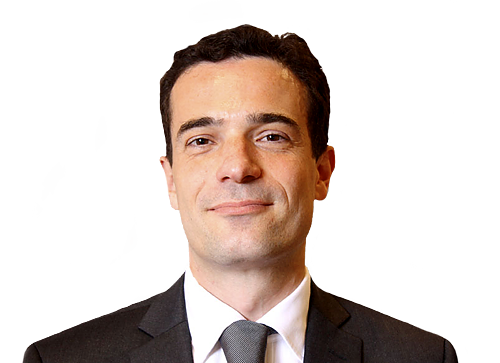posted on Sep 08, 2016 by Mike Smart

NelsonHall estimates the Smart Energy IoT outsourcing market to be worth ~$260m in 2016, sitting third behind the Connected Car and Smart Manufacturing IoT markets. Smart Energy is of major importance, with government policy around the world strongly influencing its widespread adoption, and here I take a brief look at the background of the Smart Energy IoT market, and at some of the work currently being carried out by outsourcing vendors in this space.
The emergence of Smart Energy IoT
Energy generation is underpinned by relatively large and isolated fuel burning power plants (around 60% through the burning of natural gas and coal). However, through the use of the Internet of Things (IoT) and other related technologies this will be replaced by distributed grids.
These distributed grids enable a more flexible network topology, with distributed energy generation relying heavily on the use of renewable energy sources such as solar. These smaller energy generators can be used to form microgrids rather than relying on a costly nationwide grid to transmit the entire energy load large distances from source to distribution end point. IoT is used to monitor the performance of each individual source, e.g. down to the level of each individual solar panel.
As well as being used at the source, IoT is being used heavily at the end point, and in particular for smart meters. Smart meters can send usage readings to the utility provider at much greater frequency than traditional meters, which in turn gives the utility better forecasting of power consumption needs and the ability to perform remote management.
The early stages of these smart grids are already in progress. Government initiatives are helping the spread of smart meters, in particular in China, where current estimates show that by 2017, 95% of households will have a smart meter installed. And a 2012 EU Energy Directive has the target that by 2020 smart meters will be rolled out to 80% of EU households.
Smart Energy IoT outsourcing initiatives
IT outsourcing vendors are working on a variety of Smart Energy IoT initiatives, including:
- Atos’ work with ERDF to build an automated meter management system
- Capgemini supporting BC Hydro to implement a smart meter program
- Capgemini, with its SES platform to provide end-to-end smart metering services, currently in use by E. ON Elnät in Sweden and BC Hydro
- CGI, supported by Telefonica, providing smart meter rollout and the building of the U.K.’s smart metering shared infrastructure for utility services
- Dell’s use of Dell Edge Gateways to build a reliable IoT solution for microgrids for ELM
- HCL using predictive analytics for an oil and gas client to reduce the number of failures and the required time to fix hardware
- IBM working with a North American energy company to develop smart grid and meter technology which allowed consumers to save ~15% on normal energy usage
- TCS including pipeline monitoring with image analytics
- Tech Mahindra developing an IoT gateway and cloud portal to monitor PV farms for an EU solar equipment manufacturer
- VirtusaPolaris testing the uses of IoT for smart water utility management as part of a mini-smart city with the International Institute of Information Technology, Bangalore
- Wipro’s work with a U.S. smart meter manufacturer at Wipro’s smart energy lab.
Outlook
With current utilities aging badly and lacking the investment that would enable them to cope with increasing demand loads and move towards distributed energy generation from renewables, the need to cut down on leakage, maximize production capability and capacity, and make the most of energy sources will become ever more important. And in turn, the use of IoT in the Smart Energy sector will become increasingly important in the coming years. NelsonHall forecasts the Smart Energy IoT outsourcing market to grow from its 2016 level of ~$260m to approaching $1bn by 2020.



